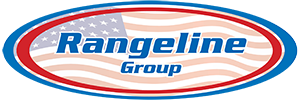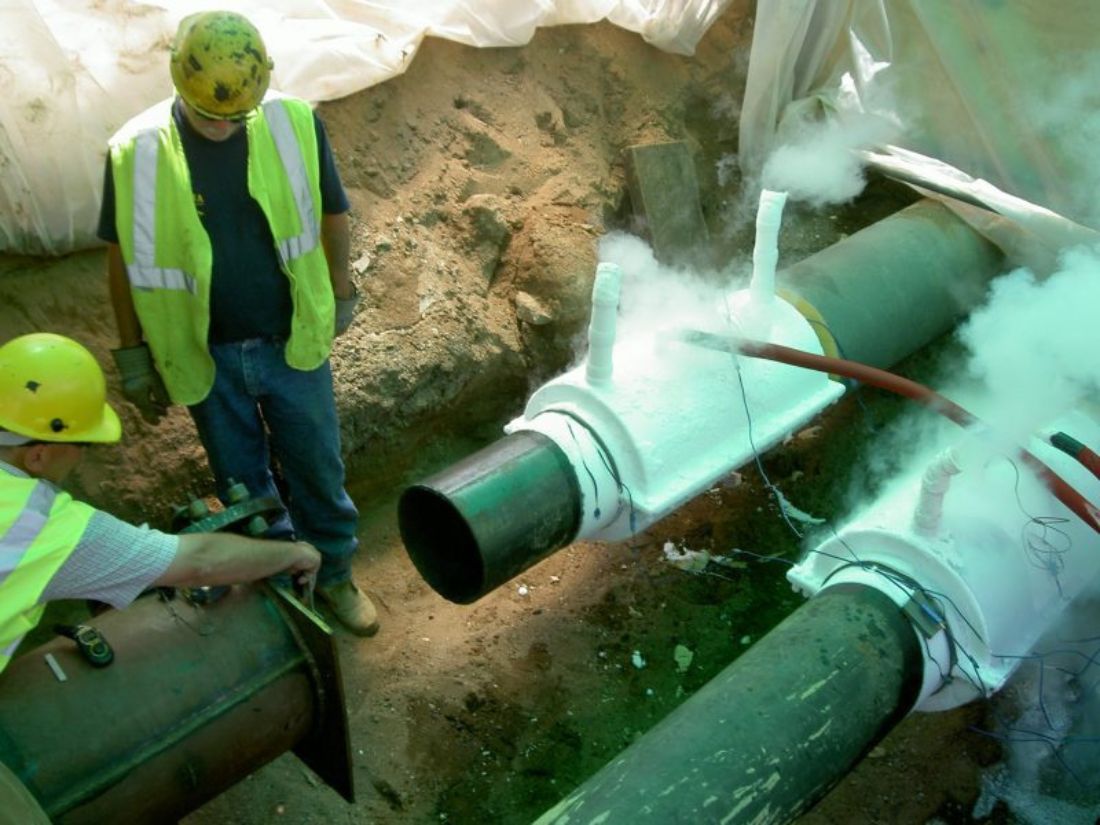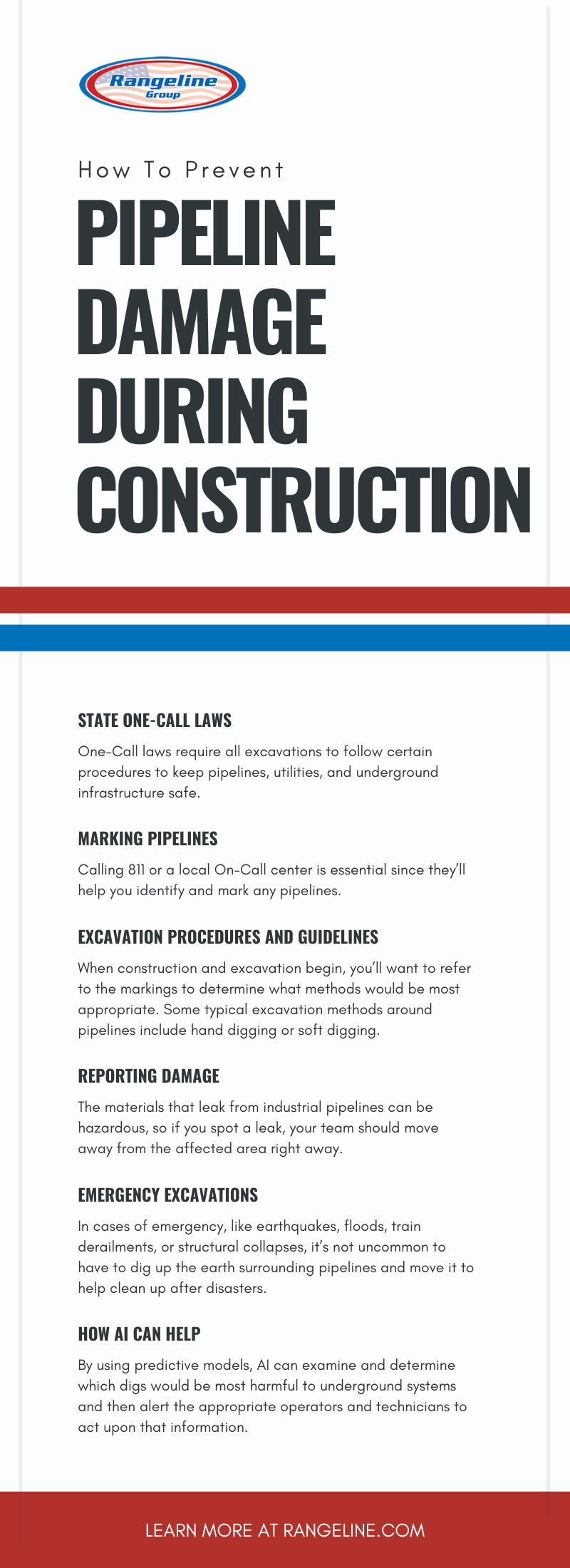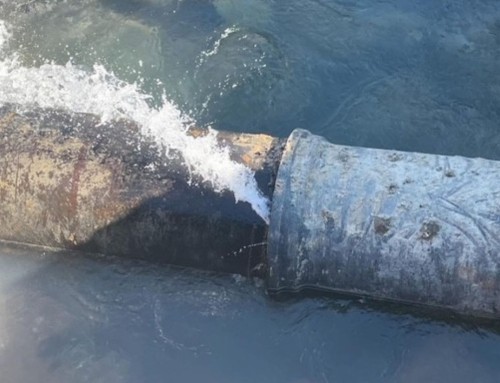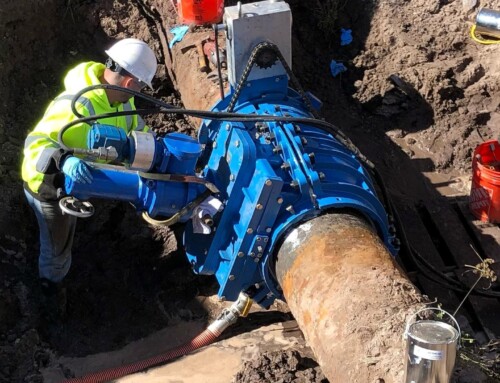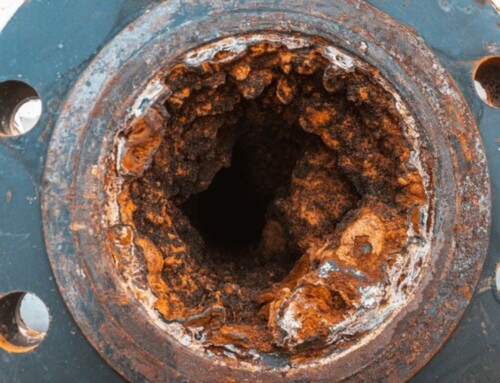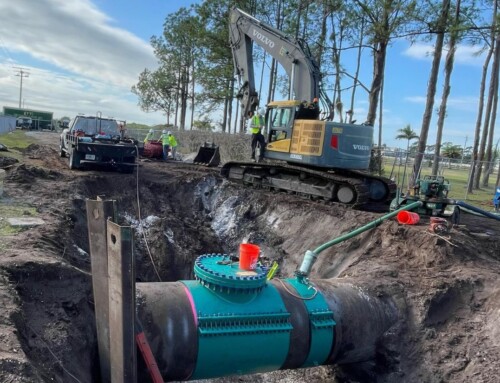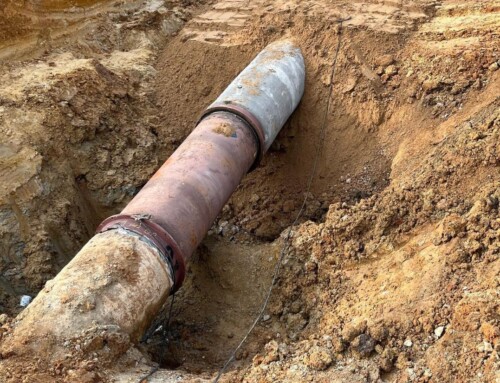No matter how small the project, construction projects that dig into the soil have a high likelihood of damaging essential pipeline infrastructure if they don’t do their due diligence. While this may sound minor, even a small amount of damage can cause a host of problems. If this industrial equipment punctures pipeline materials, disaster can strike. This is especially true since these pipes have intense amounts of pressure running through them. Damage like this can deprive hundreds of thousands of people of essential resources, such as water and energy. Here’s how to prevent pipeline damage during construction to keep pipes and the community safe.
State One-Call Laws
One-Call laws require all excavations to follow certain procedures to keep pipelines, utilities, and underground infrastructure safe. The specifics of these One-Call laws can vary between states, but by law, you will always need to contact 811 or a local One-Call center before you start excavation in any state. Once you make the call, they’ll provide you with the guidelines and procedures that you must follow for your excavation, and that leads you to the next step.
Marking Pipelines
Calling 811 or a local On-Call center is essential since they’ll help you identify and mark any pipelines. When you call, you’ll provide the operator with details on your location so that the operator can send professionals to your worksite. The operator should also be able to provide you with an estimated wait time for how long it will take for their personnel to find and mark the pipelines. Make sure you plan ahead and have someone onsite to let them in if there’s a locked gate or some other barrier that they’ll need to get through.
Should your project ever expand or include a location outside of what you originally had surveyed and marked, you’ll need to submit a new request to 811 or a One-Call center to have the new area(s) surveyed and marked for pipelines. These professionals will mark any pipelines and other underground infrastructure with colored flags, paint markings, or stakes to provide a visual reference. The bright markers instantly tell you where to avoid digging.
Excavation Procedures and Guidelines
When construction and excavation begin, you’ll want to refer to the markings to determine what methods would be most appropriate. Some typical excavation methods around pipelines include hand digging or soft digging. These methods allow you to be more careful and precise when digging near or around pipelines. To accomplish this, excavation teams will use pneumatic hand tools or vacuum excavation, which uses a blast of air or water to loosen up the soil and allow you to extract large materials.
In some cases, whether it be by law or circumstance, you may have a pipeline representative assigned to your worksite to supervise excavation around or near pipelines. These representatives will often be your point of contact to ensure your crew follows the proper procedures. There are various kinds of representatives. Which one you have assigned to your worksite will vary based on the characteristics of the pipelines—such as how large or pressurized the pipeline is.
Reporting Damage
Sometimes damaging a pipe is unavoidable. Part of preventing pipeline damage during construction is knowing how to report damage quickly before it can grow into a much larger issue. For instance, if a piece of machinery breaks a valve, an insertion valve installation service can replace it without interrupting the service of the pipe. Neglecting minor damage is a surefire way to experience greater, more expensive problems in the future. These damages will be costly and time-consuming to fix. Even if it’s just a small scrape or dent in the pipe’s protective coating, you’ll want to call for professional maintenance right away. That small amount of damage could become a larger issue before you know it.
While scrapes and dents provide a visual cue, leaks can be much more difficult to detect—especially if the leak is gaseous. The materials that leak from industrial pipelines can be hazardous, so if you spot a leak, your team should move away from the affected area right away. While you may not see the gas, there are ways to identify a gas leak. Some signs to look out for include audio cues, such as quiet hissing or loud roars, or strange and unusual smells, such as gasoline or oil.
Emergency Excavations
In cases of emergency, like earthquakes, floods, train derailments, or structural collapses, it’s not uncommon to have to dig up the earth surrounding pipelines and move it to help clean up after disasters. In such cases, you’ll need to notify pipeline companies so that they can monitor and survey the affected pipelines. Like with normal excavations, you must call the 811 One-Call system right away and notify them that an emergency excavation must take place. The One-Call station will then dispatch pipeline professionals to maintain the integrity of pipelines in or around the emergency excavation site.
How AI Can Help
The research and development of AI have been an ever-growing conversation, but did you know that the construction industry is already using AI technology to assist in protecting our infrastructures? By using predictive models, AI can examine and determine which digs would be most harmful to underground systems and then alert the appropriate operators and technicians to act upon that information. The AI models can absorb and process information much faster than humans can, and they can also account for variables and factors that a human’s brain might not think about or be able to reasonably predict. AI has a wealth of knowledge and data that it can reference at once, making it a vital resource.
Conclusion
Construction is an ever-necessary industry, and every year, over 400,000 excavation projects cause damage to pipelines and other underground infrastructure. By practicing responsible excavation while working with your local One-Call center, you can ensure that your worksite reduces the risk of damage without compromising on efficiency. A little bit of care and planning beforehand can go a long way, especially when you have pipeline professionals on your side.
